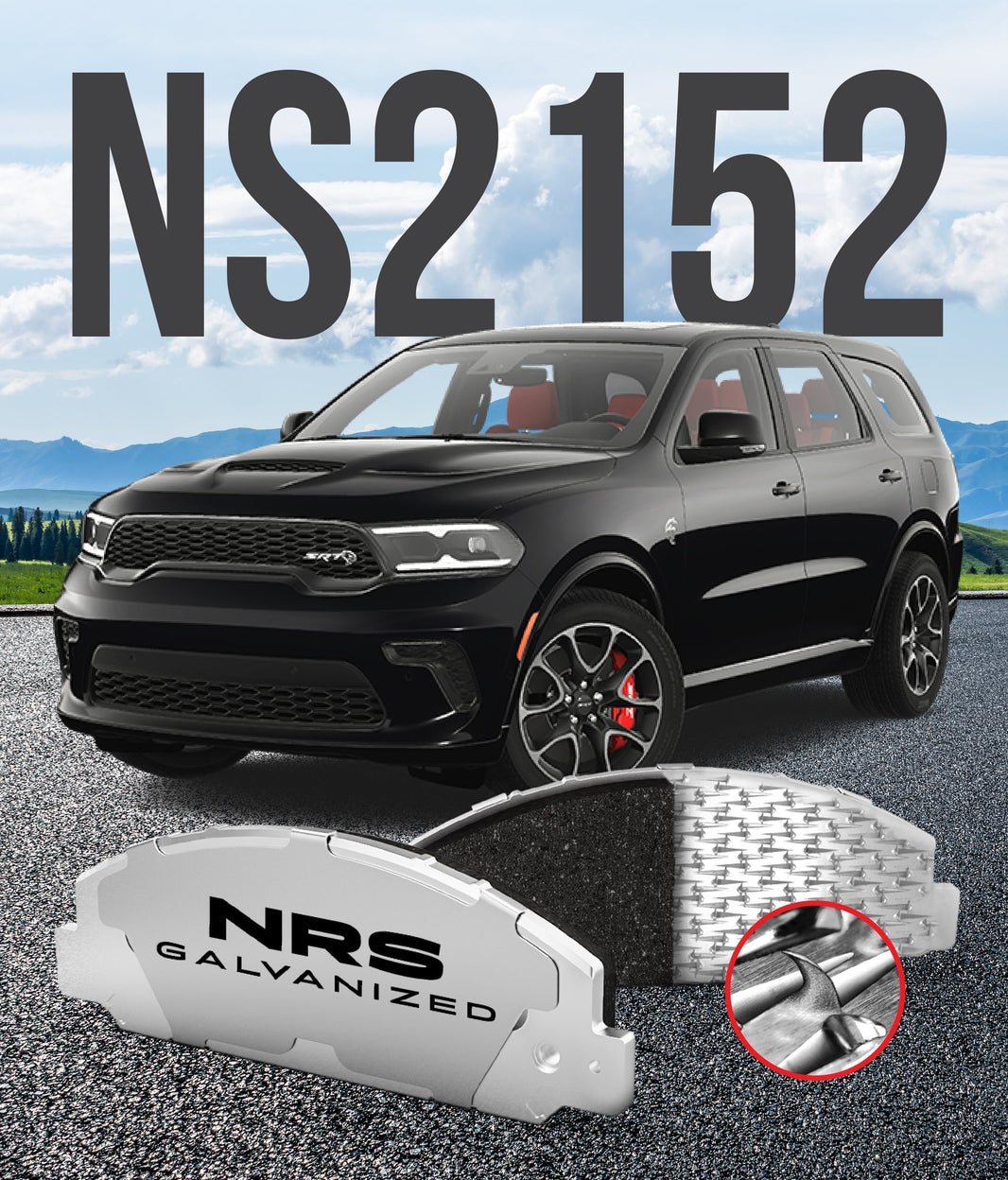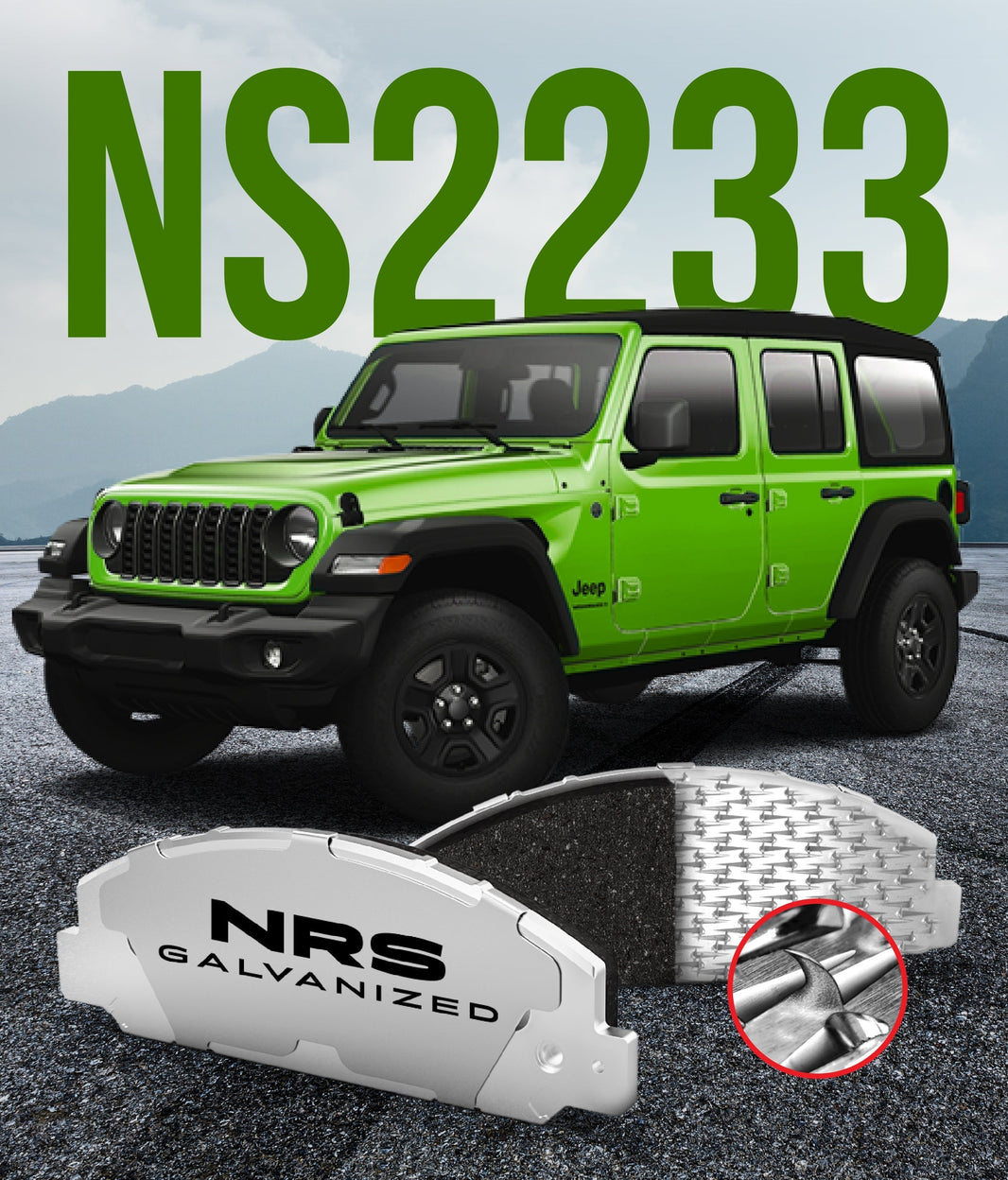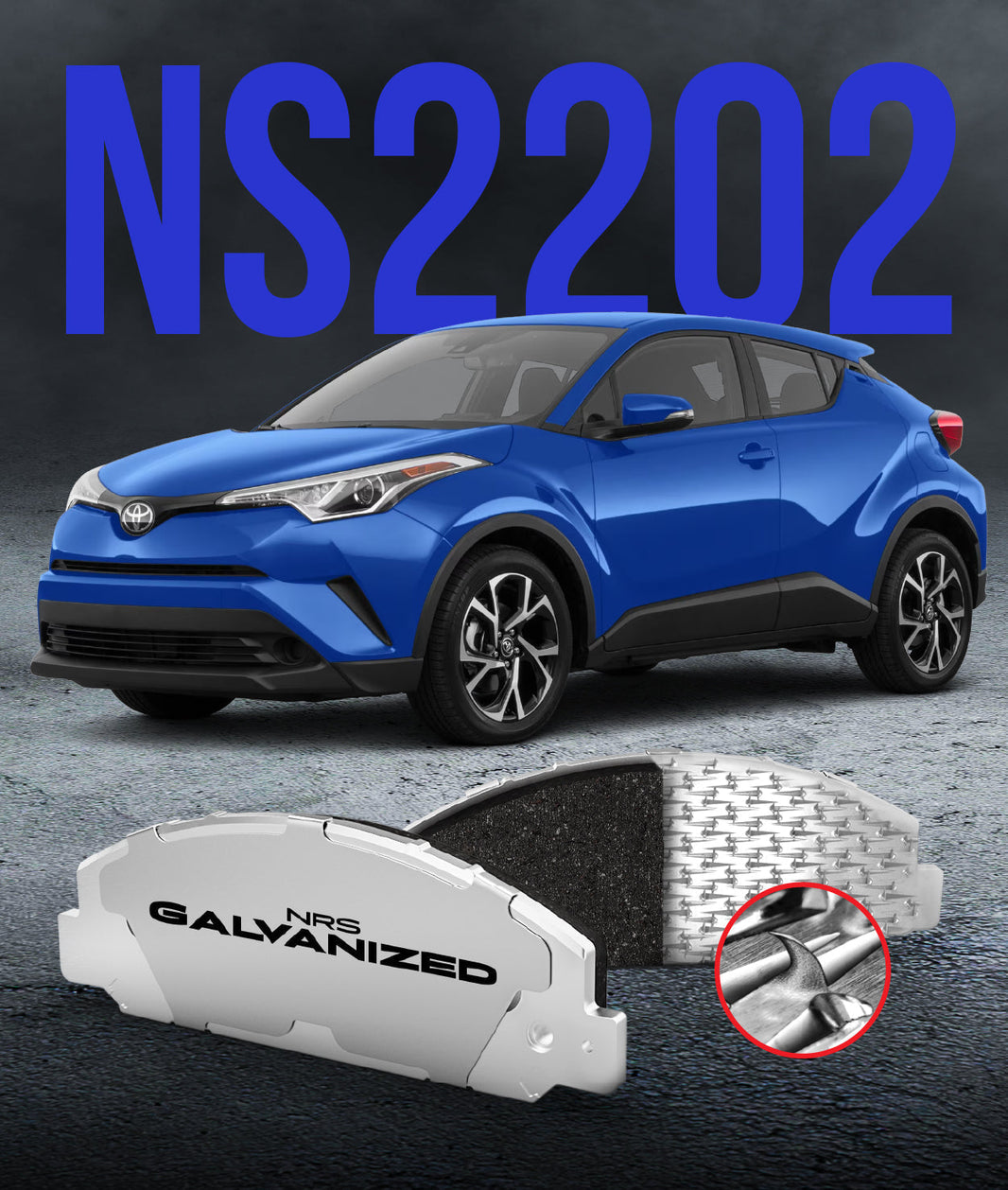 You've determined your vehicle needs new brakes, and you understand that the cost will depend on the parts you choose and the condition of your rotors and calipers. The final, and often most variable, piece of the puzzle is the cost of labor. This part of the bill isn't just about paying for a mechanic's time; it represents their expertise, the investment in specialized tools, the shop's overhead, and the crucial warranty that backs up their work.
You've determined your vehicle needs new brakes, and you understand that the cost will depend on the parts you choose and the condition of your rotors and calipers. The final, and often most variable, piece of the puzzle is the cost of labor. This part of the bill isn't just about paying for a mechanic's time; it represents their expertise, the investment in specialized tools, the shop's overhead, and the crucial warranty that backs up their work.
Labor rates can be a significant portion of your total bill, but they aren't arbitrary. By understanding what goes into a labor charge and knowing how to ask the right questions, you can empower yourself to find a reputable shop, ensure you get a fair price, and gain confidence in the safety and quality of your repair.
The Three Pillars of a Labor Charge
A professional shop's labor charge is typically calculated based on three key factors.
The Shop's Hourly Rate
Every repair shop has a set hourly rate, which can range from under $100 to over $200 in North America. This rate is influenced by the shop's geographic location (rates are higher in major metropolitan areas), overhead costs like rent and insurance, and the training and certification level of their technicians. Dealerships typically have the highest rates due to their brand-specific training and tooling, while trusted independent local mechanics are often more affordable.
Standardized "Book Time"
To ensure fairness and consistency, the auto repair industry uses a standardized guide that estimates the time required to perform a specific job on a specific vehicle. This is called "book time." It’s based on data from countless repairs and provides a uniform benchmark. For example, a front pad and rotor replacement on a simple Honda Civic might be booked at 1.2 hours.
The same job on a complex Audi with an electronic parking brake that needs to be retracted with a scan tool might be booked at 2.5 hours. Your labor charge is typically the shop's hourly rate multiplied by this book time, regardless of whether their technician finishes slightly faster or slower.
Unforeseen Job Complexity
"Book time" assumes ideal conditions. However, mechanics often encounter unexpected issues, especially on older vehicles or those from regions with harsh winters. A heavily rusted, seized bolt can add significant time to the job.
Similarly, a failed caliper that needs replacement requires the additional step of bleeding the entire brake system. These necessary complications will increase the labor time and the final cost.
DIY vs. Professional Installation: A True Cost-Benefit Analysis
It can be tempting to try and save on labor by doing the job yourself. While this is a rewarding task for an experienced home mechanic, it's crucial to consider the true costs and risks.
-
DIY Costs & Risks: To perform a brake job safely, you need a specific set of tools: a hydraulic jack, sturdy jack stands (never work on a car supported only by a jack), a proper wrench and socket set, a C-clamp or caliper spreader, and a torque wrench for proper reassembly. If you don't own these, the initial investment can be substantial. You must also factor in the value of your time and the immense safety risk of improper installation. A mistake in a brake job, where a lack of fit and precision, can lead to catastrophic failure on the road.
-
Professional Value: When you pay a professional, you're buying peace of mind. You are paying for their years of experience, access to thousands of dollars in tools, and the efficiency to get the job done right the first time. Most importantly, you are paying for their liability and a warranty that covers both the parts and their labor, which is a guarantee you don't get when working in your own garage.
Your Step-by-Step Guide to Getting a Confident and Fair Quote
To ensure you get a fair price from a reputable shop, follow these simple steps:
-
Gather Your Information: Know your vehicle's exact year, make, model, and engine size.
-
Call Multiple Shops: Contact at least two or three well-regarded local shops for a quote. Don't just call the big chains; independent mechanics often provide great value and build lasting relationships.
-
Be Specific in Your Request: To compare apples to apples, ask for the same job everywhere. A great starting point is: "I would like a quote for replacing the front brake pads and rotors, including all parts and labor."
-
Ask The Important Questions:
-
"Is this quote 'out-the-door,' including all taxes and shop supply fees?"
-
"What brand and quality of brake pads and rotors are you using in this quote? Can you please specify the brands?"
-
"What is your warranty on the parts and, separately, on your labor?"
-
"Do you typically machine rotors, or is your policy to replace them?"
By doing this small amount of homework, you empower yourself to choose a shop based not just on the lowest price, but on the best overall value, ensuring a safe repair that you can trust.
Labor is the final key to your total repair cost. To see how it fits with all the other factors, read our definitive guide on brake replacement cost.




